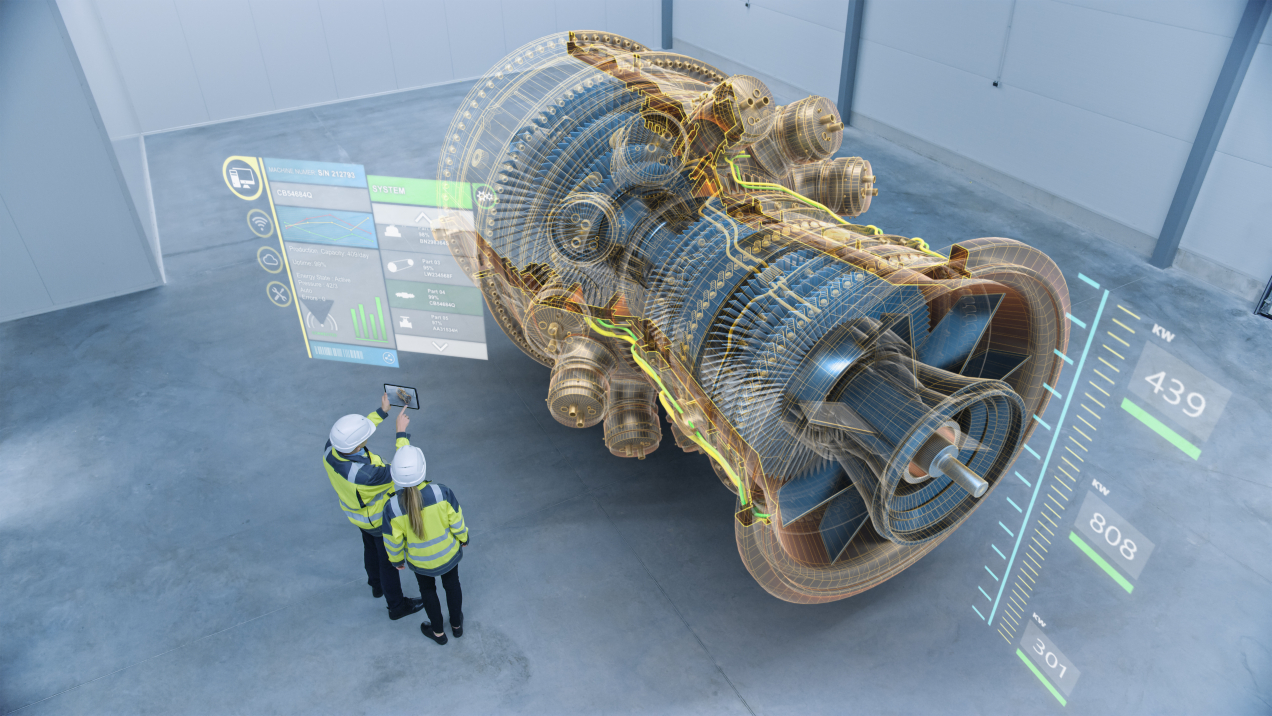
What Is Asset Performance Management?
Gartner defines Asset Performance Management (APM) as a market of software tools and applications designed to improve the reliability and availability of physical assets (such as plants, systems of equipment, and infrastructure) essential to the operation of an enterprise. It is an umbrella term for all the technologies focused on improving the performance of a physical asset.
What Is Condition Based Maintenance?
Condition based maintenance (CBM) is equipment maintenance executed when certain indications imply performance degradation. CBM uses the data of an asset to determine its usage and actual status. On a basis of the asset data performance decrease, upcoming asset failure can be determined and certain trends can be identified.
What Is Predictive Maintenance?
Predictive maintenance (PdM) is the scheduling of maintenance based on indications from different systems. PdM takes the maintenance one step further compared to condition based maintenance by looking at the patterns across all sensors and predicting asset failure rather than reacting when certain indications imply performance degradation.
What Is Prescriptive Maintenance?
Prescriptive Maintenance (RxM) is a type of maintenance that leverages all of the mentioned technologies (machine learning, Internet of Things (IoT) and big data analytics) in order to produce outcome-focused recommendations for operations and maintenance. It not only predicts asset failure but is also able to offer actionable solutions while measuring the impact of the recommended solutions on the affected operations.
What Is a Digital Twin?
Digital twin is a virtual replica of a physical asset or a system. It incorporates all the technology used in Prescriptive Maintenance and is the last step in optimising asset performance management. Essentially, it is technology that takes real-world data about a physical asset as input and produces predictions or realistic simulations on that asset as output. Digital twins can be manipulated in order to optimise the performance of that physical asset.
How Do I Get Started?
Usually, we follow a simple process consisting of 4 steps:
- Data Scan – we conduct a 2-3-day asset data scan on your critical assets to evaluate the organisation’s data quality, availability and completeness;
- Business Case – we then work together and assess if there is an opportunity for a business case within the organisation;
- (optional) Organisation Readiness – we assess whether the company has a clear strategic commitment towards entering Industry 4.0 and the right resources and processes to take immediate action;
- Proof of Concept – we then work together in order to create a proof of concept for a tailored solution within the company.
If you have more questions regarding the process, feel free to contact us.
Do I Own the Data?
Generally, the owner of the asset is also the owner of the data. In case you want to create additional services based on the asset data, more detailed agreements will be made for the data ownership.
Is My Data Safe?
In most cases, we provide our software on premise running on a server of the customer or a private cloud. Our customers take care of the data security and we support the requirements. In case of a cloud offering, we are also using different security protocols including advanced encryption and hiding, amongst others.
How Long Does the Implementation Take?
The length of implementation is dependent on the urgency of the transformation and the available resources. Apart from that, the quality, availability and completeness of the current asset data is also important. Fast implementation can be finished within weeks but larger and more complex projects could take more time.
Where Can I Deploy the Software?
Our APM software can be deployed on a large variety of hierarchical levels:
- On a chip in a device;
- On edge computers managing different devices;
- On a server, both on-premise or in the cloud.
How Do I Use the APM Studio Software?
Our platform is user-friendly, easy-to-use and is designed for engineers and others to use with a low/no coding approach. Just by dragging and dropping, you are able to set up the logic and processing to create your Asset Performance Management application. The ease of use does not decrease the high customisability of the software though. You will, of course, receive the initial training, user manual of the software and the support of our experts.